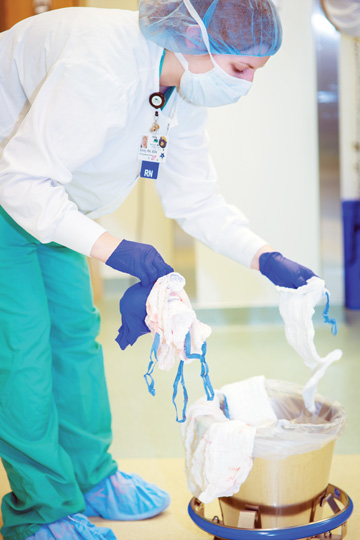Using barcode scanning or radio-frequency identification to confirm the accuracy of manual counts will result in fewer sponges left inside patients, yet surgical professionals often push back on implementing these adjunct technologies. Some providers say it takes too long to log sponges in and out of cases, despite a study from the Mayo Clinic that shows using a sponge-accounting platform takes only a few seconds per case. Others say it’s redundant to the standard two-person count they perform, even though the potential for human error is obvious because only a minority of Retained Surgical Items (RSIs) take place because counts weren’t done. In most cases, counts were performed, but the teams simply got it wrong.
The time for resisting technology in efforts to prevent RSIs is over. The Association of periOperative Registered Nurses (AORN) will soon update its guidelines on the issue to recommend that adjunct technology — AORN does not favor a specific platform or product in the guidelines — should be used to supplement manual counting procedures for surgical soft goods. The current guidelines simply state that the technologies may be evaluated for use.
.svg?sfvrsn=be606e78_3)

.svg?sfvrsn=56b2f850_5)